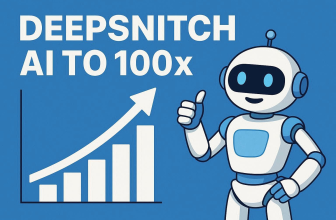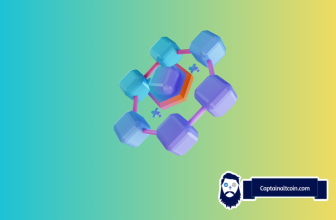
The ability to offer a currency that is regulated by its users instead of being at the mercy of large institutions has changed the way people think about economic exchanges. Since Bitcoin was released in 2009, it has grown to include millions of users and became accepted as official tender for many major businesses. Nonetheless, Bitcoin has one more significant obstacle to overcome: the problem of scalability.
The blockchain system of recording transactions within the Bitcoin platform has now become congested with increasing users. Currently, the transaction rate per second (tps) of Bitcoin is only a fraction of other major electronic payment methods such as those provided by credit card companies. For Bitcoin to play a significant role in the future of commerce, it will have to find a way to address this lack of scalability. Fortunately, several companies are working on providing solutions.
What you'll learn 👉
The Lightning Network
The Lightning Network is a “layer 2” system that functions on top of the blockchain and allows the instant transfer of funds between two parties. It opens up a bilateral funding channel on the base blockchain and enables payments to be made between the two parties without being recorded on the blockchain unless the channel is closed. To prevent fraudulent activity, “Watchtower” nodes are implemented to monitor the transactions.
The Lightning Network will be able to address the lack of scalability of Bitcoin, ultimately improving processing rate and lowering vendor fees. To open a payment channel, however, a payment request to the other party must first be made, adding an extra initial step to the transaction process.
Velas
Velas is a self-learning blockchain platform that uses an AI-Operated DPOS (AIDPOS) consensus to handle high volume transactions. Velas uses a genetic algorithm to train neural nodes to provide optimal network maintenance. The use of artificial intuition allows patterns and relationships to be identified in the sets of data, adapting inputs to generate the best possible results.
Currently, Bitcoin’s theoretical maximum transaction rate is 27 transactions per second (tps). Velas technology offers processing speeds of over 30,000 tps. Each block is formed from a predetermined number of transactions, meaning that block formation time varies according to the intensity of blockchain use at any given time. This dynamic block formation method, working in concert with nodes that have higher computational power, can resolve Bitcoin’s scalability problem and make its transaction processing speed comparable to that of other major payment methods, such as a Visa debit card.
TumbleBit
Like the Lightning Network, TumbleBit is a layer two system that increases the scalability of Bitcoin by allowing users to make transactions off the blockchain. Users create a Bitcoin payment hub between each other that will enable them to send fast, high volume payments to each other without waiting for a new blockchain to be created.
Anyone can see transactions recorded on Bitcoin’s blockchain. While this transparency is attractive to many users, some prefer to send money anonymously. To address these concerns, Tumblebit also “unlinks” payments, making them untraceable.









Hello Aubrey, would you mind including Syscoin to your list?
Syscoin Z-DAG is the only technology that is claiming high TPS (currently over 60K TPS) that has been tested by a third party (whiteblock.io). The project has had their main net released since 2014.
The recent upgrade to Syscoin 4.0 is also providing Ethereum smart contracts this scalability, helping the entire ecosystem.
Z-DAG is patent pending, created by Blockchain Foundry Inc. exclusively for Syscoin:
https://bloomberg.com/press-releases/2019-05-08/blockchain-foundry-improves-blockchain-scalability-on-the-syscoin-platform-files-patent-for-zero-confirmation-directed-acyclic
Whiteblock TPS results press release:
https://www.globenewswire.com/news-release/2019/05/22/1841005/0/en/Blockchain-Foundry-Inc-Whiteblock-Testing-Syscoin-s-Z-DAG-TPS-Benchmark-Results.html
Third party analysis by Whiteblock:
https://www.whiteblock.io/library/ZDAG-Analysis.pdf